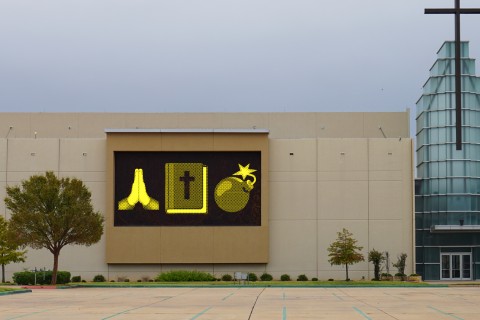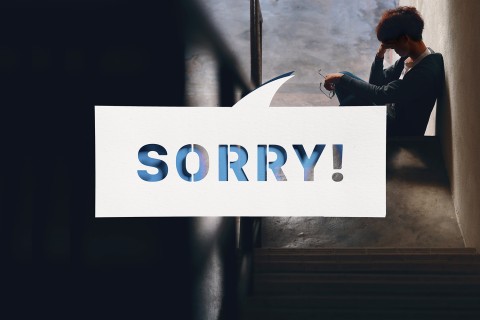Who bears arms?
Historians have argued for decades that the Second Amendment has nothing to do with the right to own a handgun nor even with the right to use a gun in self-defense. Nevertheless, a counternarrative—bolstered by the National Rifle Association—has triumphed in the popular mind and been codified to some extent in the Supreme Court’s ruling in District of Columbia v. Heller (2008), which said that the Second Amendment “protects an individual right to possess a firearm.”
The meaning of the Second Amendment is controlled by the reference in the opening clause to a militia: “A well regulated militia, being necessary to the security of a free state, the right of the people to keep and bear arms, shall not be infringed.” Whatever “right” is being identified here clearly has to do with the public purpose (ensuring “the security of a free state”) for which a militia is created. Scholars have pointed out that the very term “bear arms” makes it clear that a military context is envisioned (it doesn’t say “carry a weapon”).
Historians Kevin M. Sweeney and Saul Cornell have looked closely at the context for passage of the amendment, and in a recent article they point out that in the 1780s the states and the federal government were debating who had responsibility to form and pay militias in times of civil disturbance. In this era, explain Sweeney and Cornell,





